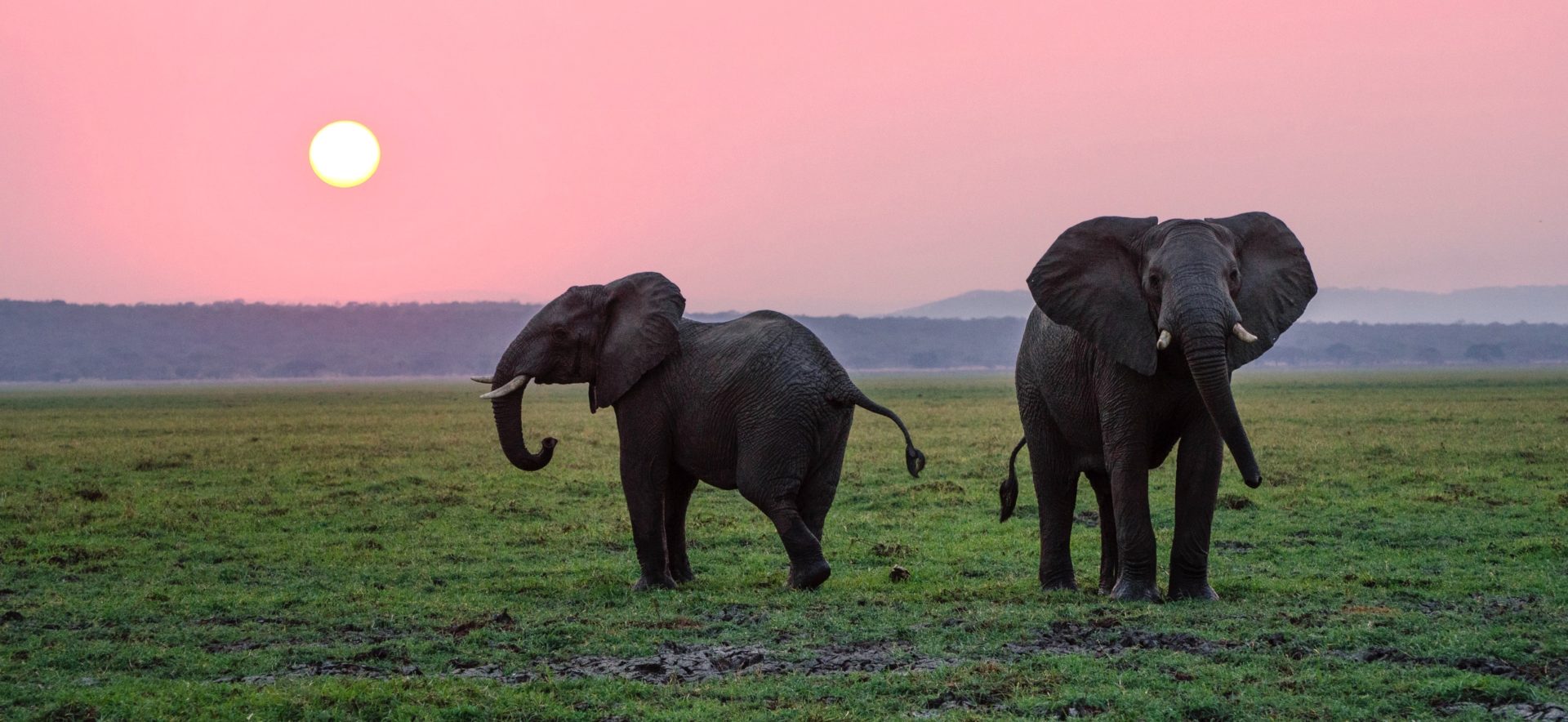
Biodiversity, the diversity of all life on Earth, is essential for ecosystem health and provides humanity with immeasurable services, from clean water and air to food, building materials, and medicines, as well as psychological, cultural, and spiritual benefits. Unfortunately, species of animals and plants are now going extinct so fast that scientists have declared a sixth mass extinction, also called the Anthropocene or Holocene extinction.
The previous (fifth) mass extinction, the Cretaceous-Tertiary or ‘K-T’ extinction, occurred 66 million years ago, likely because a massive comet or asteroid that collided with Earth. This event devastated the global environment and wiped out 80% of animal species, including the dinosaurs.
1,000x
Today, human activity is causing species to disappear at 1,000 times the normal rate.
1,000,000
According to the landmark 2019 global assessment report by the Intergovernmental Science-Policy Platform on Biodiversity and Ecosystem Services (IPBES), one million species are now threatened with extinction.
The International Union for Conservation of Nature (IUCN) Red List classifies 26% of mammals at risk of extinction, as well as 41% of amphibians, 21% of reptiles, 13% of birds, 37% of sharks and rays, 33% of reef corals, and 34% of conifers.
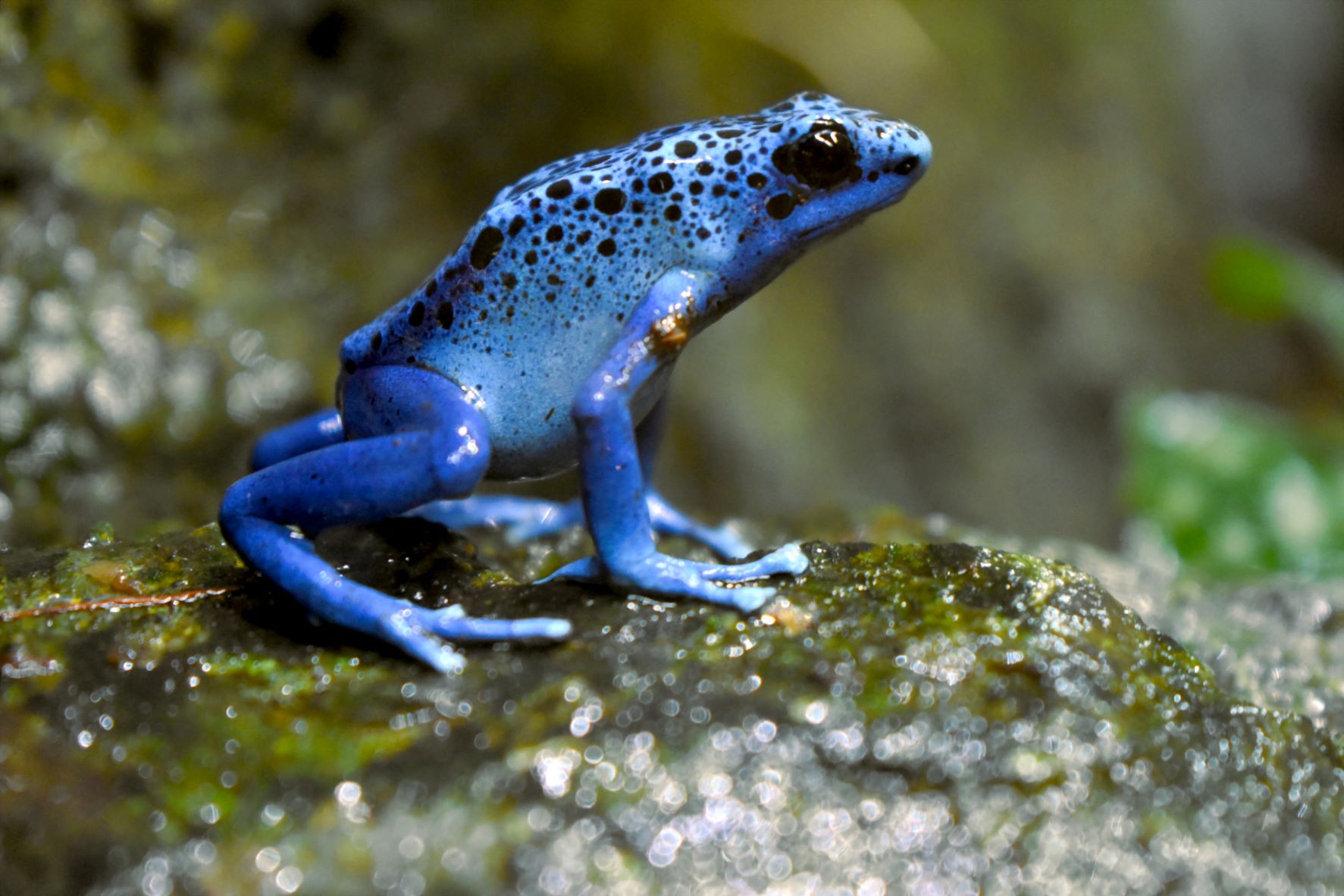
-69%
The World Wildlife Fund’s (WWF) latest Living Planet Report found that wild vertebrate populations have crashed by more than two-thirds since 1970.
+114%
During that same time, our human population more than doubled.
Habitat loss and overexploitation
By far the biggest driver of biodiversity loss is habitat destruction, followed by overexploitation of wild species — both are fueled by rapid global population growth and by unsustainable consumption patterns, especially in high-income countries.
It took us until about 1800 to reach one billion people — now, we add a new billion every 12 years. Our population now stands at 8 billion, leaving little space and resources for the other millions of species who share our planet. According to IPBES, only one-quarter of land and one-third of marine areas remain undisturbed by human activity.
Agriculture is the main cause of habitat loss — it currently takes up 50% of all habitable land on Earth, and most of this (77%) is used for rearing livestock. In fact, livestock now make up a staggering 60% of all mammalian biomass on Earth — another 36% is humans, and only 4% is wild mammals. Farmed poultry make up 70% of the biomass of all birds, with wild birds making up only 30%.
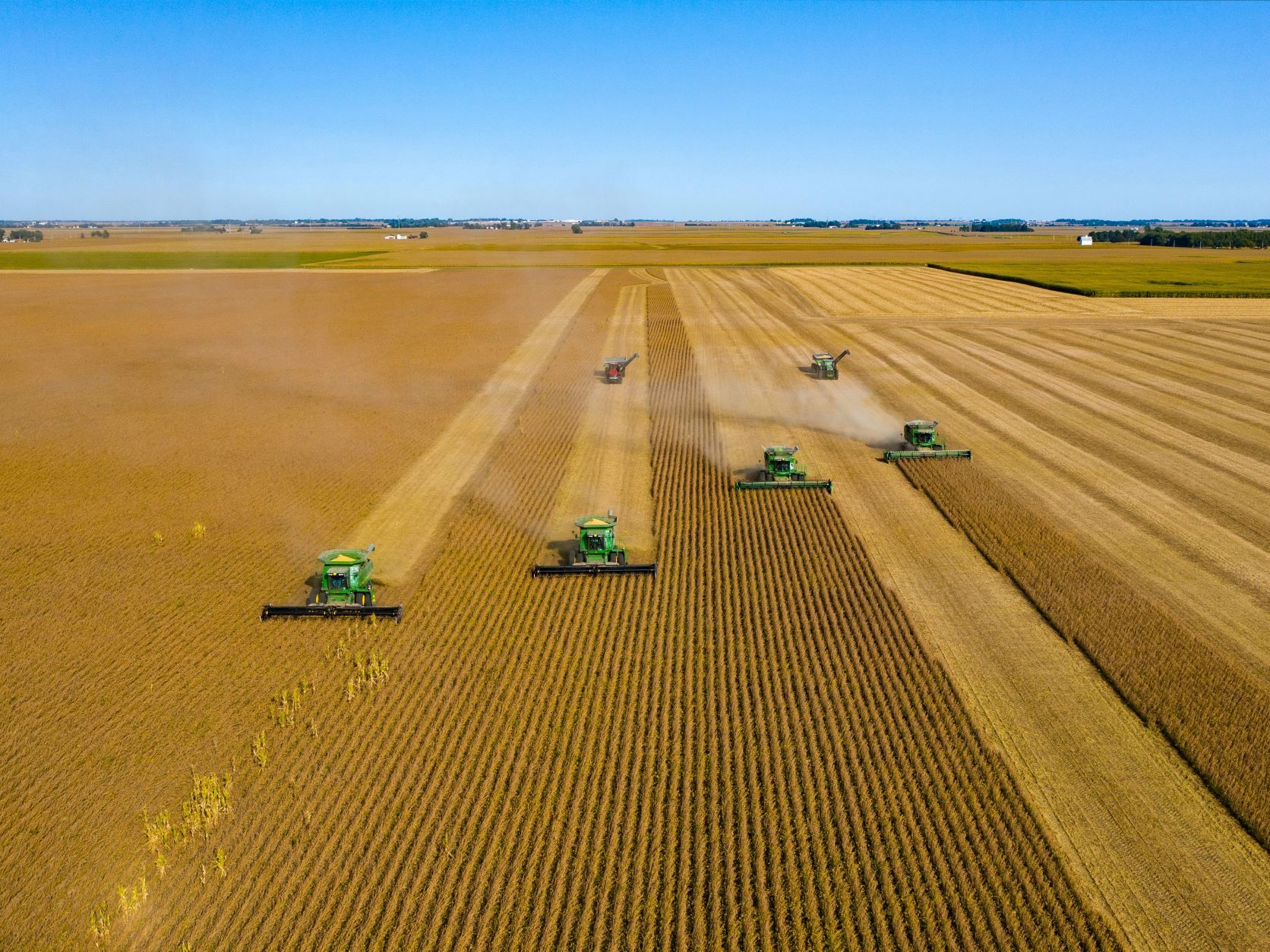
Overexploitation of nature through deforestation, overfishing, bush meat hunting, and the trade in wild species, including poaching, is also endangering countless wild plant and animal species.
Climate change and pollution
Climate change is an additional threat to biodiversity that is rapidly worsening due to our failure to curb greenhouse gas emissions. Increasing temperatures and changing weather patterns are causing more ‘natural’ disasters such as wildfires, droughts, and floods, and are creating conditions that make it harder for species to survive.
Animals with very specialized needs that are living in the fastest changing habitats, such as polar bears, are particularly hard-hit. Ocean warming is hurting marine species too, including through coral bleaching. Climate change is also affecting the timing of seasonal events such as egg laying, insect emergence, and flowering, meaning co-dependent species are at risk of falling out of sync.
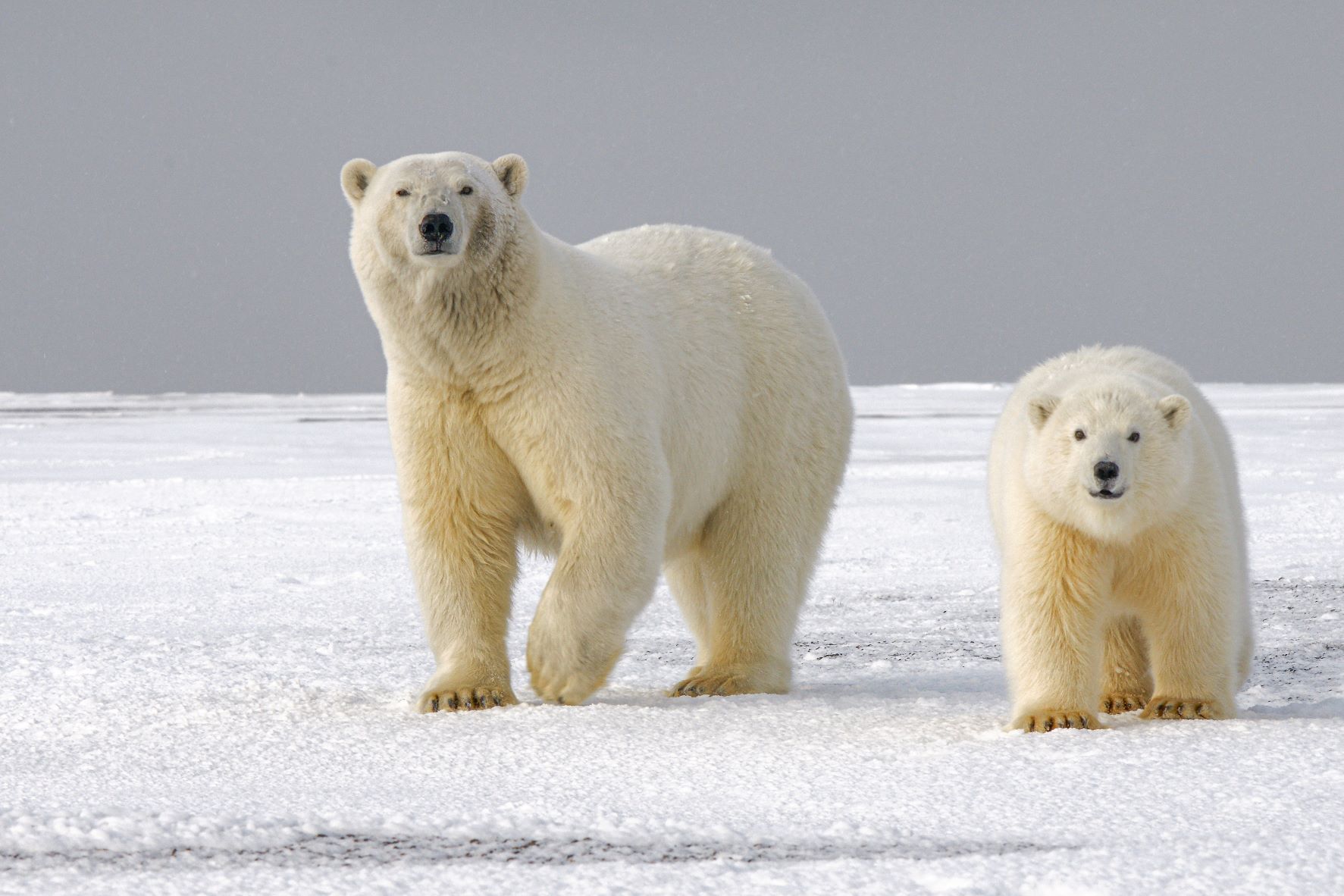
Many invertebrates, including crucial pollinators, are in sharp decline due to our widespread pesticide use, and aquatic species like fish and killer whales are suffering from persistent chemical pollution. Noise and light pollution also detrimentally affect species’ survival rates by increasing stress levels and changing behaviors.
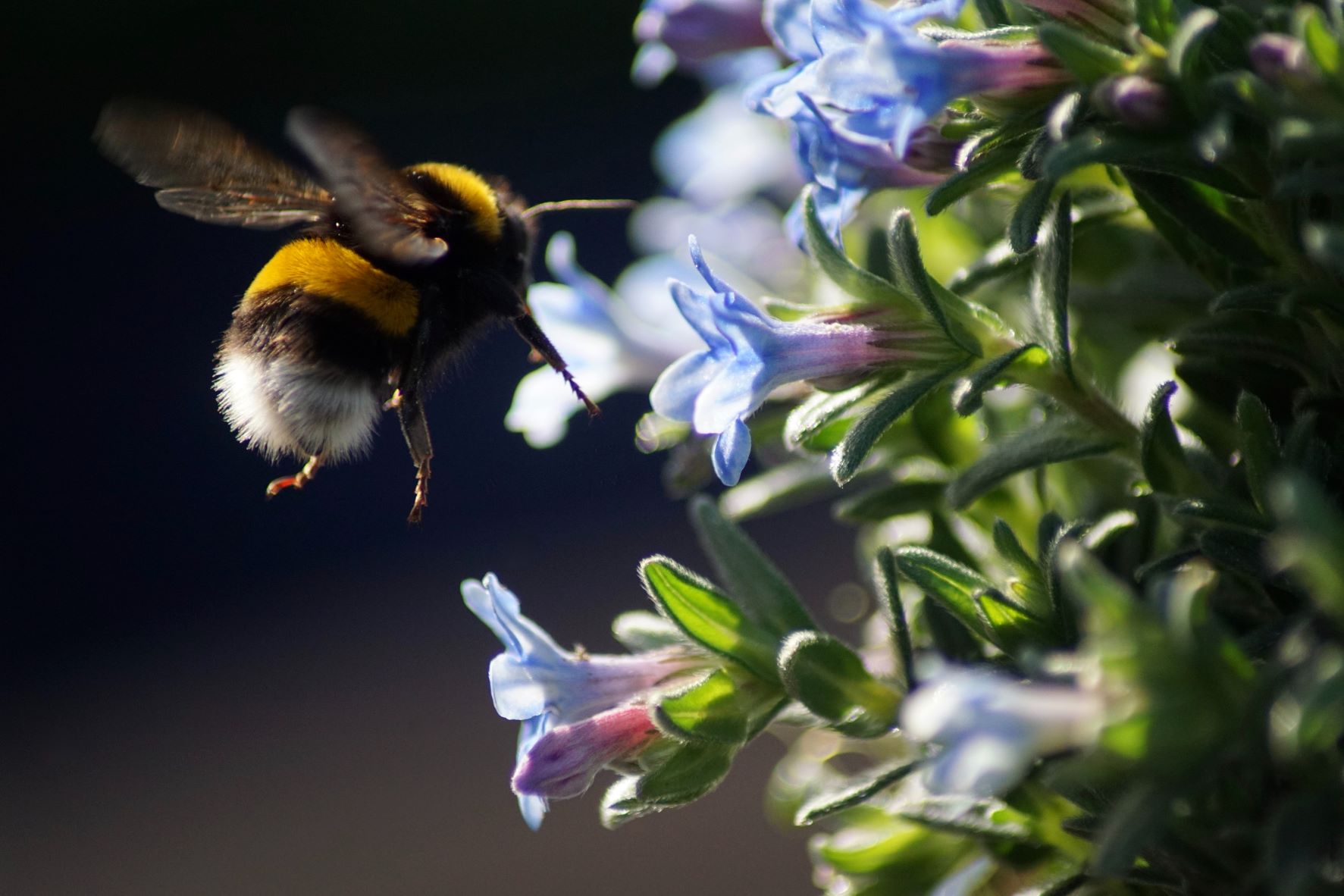
Invasive species and disease
The introduction of alien invasive species and diseases into new areas through our extensive movement around the world is also endangering numerous native species. For example, scientists believe a rapidly spreading fungal disease is a significant contributor to the alarming global decline in amphibian populations.
Turning the extinction tide
While the world would be a lot worse off without conservation efforts, the conservation movement is failing to stem the tide of biodiversity loss. In fact, the sixth mass extinction is still accelerating due to our failure to tackle its root causes: overpopulation and overconsumption.
Only by transforming our relationship with nature, from one of unchecked exploitation to one of nurture and respect, can we stop this erosion of life on Earth. We are a part of nature, not separate from it, and protecting biodiversity is essential for our own health and well-being too — the COVID-19 pandemic made this crystal-clear. It is high time we became worthy of the scientific name we gave our own species: Homo sapiens, the wise ape. We can and must leverage humanity’s extraordinary abilities to create a better world for all living beings.
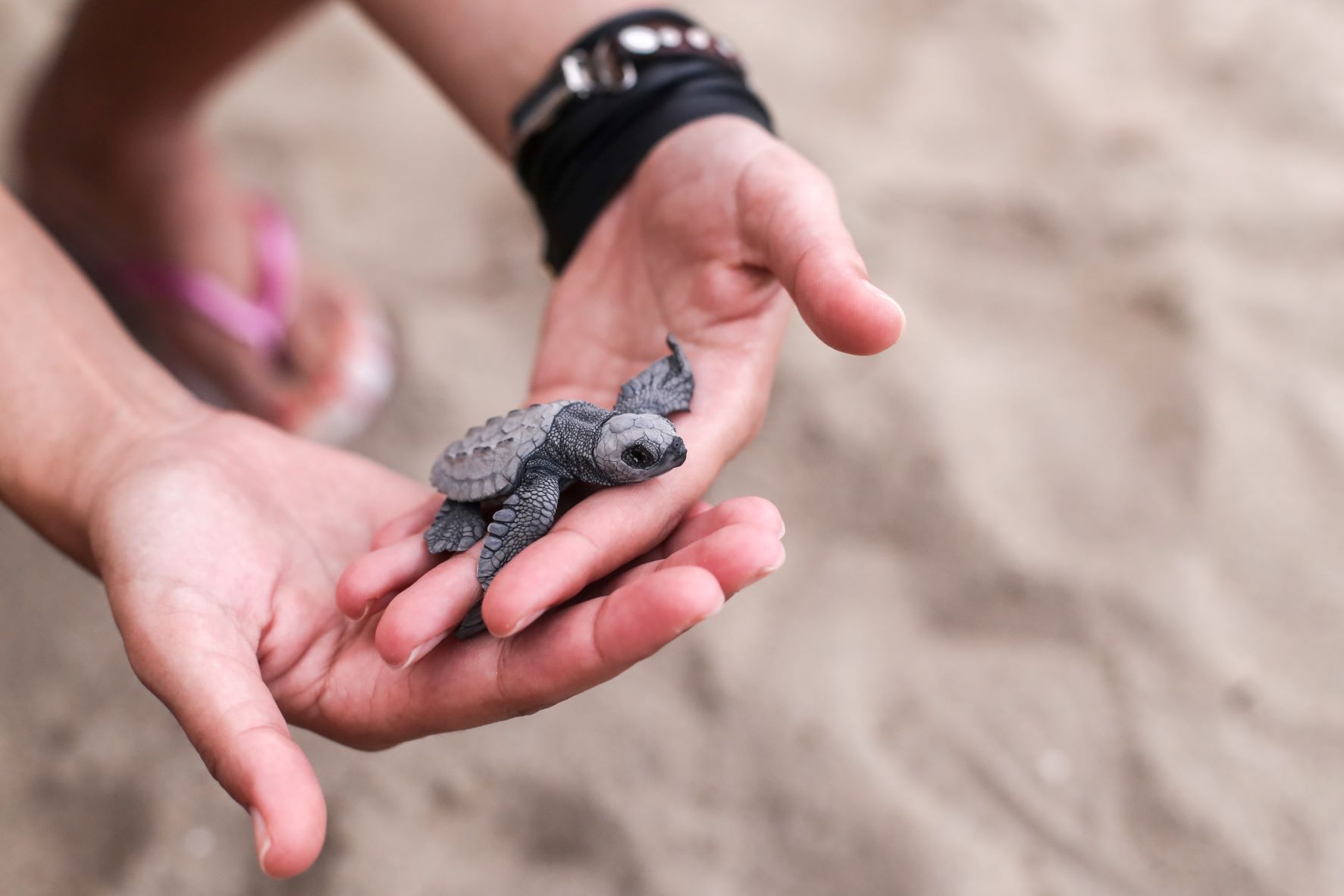
Relevant SDG Targets
By 2020, ensure the conservation, restoration, and sustainable use of terrestrial and inland freshwater ecosystems and their services, in particular forests, wetlands, mountains, and drylands, in line with obligations under international agreements
By 2020, promote the implementation of sustainable management of all types of forests, halt deforestation, restore degraded forests, and substantially increase afforestation and reforestation globally
By 2030, combat desertification; restore degraded land and soil, including land affected by desertification, drought, and floods; and strive to achieve a land degradation-neutral world
By 2030, ensure the conservation of mountain ecosystems, including their biodiversity, in order to enhance their capacity to provide benefits that are essential for sustainable development
Take urgent and significant action to reduce the degradation of natural habitats, halt the loss of biodiversity, and, by 2020, protect and prevent the extinction of threatened species
Promote fair and equitable sharing of the benefits arising from the utilization of genetic resources and promote appropriate access to such resources, as internationally agreed
Take urgent action to end poaching and trafficking of protected species of flora and fauna and address both demand and supply of illegal wildlife products
By 2020, introduce measures to prevent the introduction and significantly reduce the impact of invasive alien species on land and water ecosystems and control or eradicate the priority species
By 2020, integrate ecosystem and biodiversity values into national and local planning, development processes, poverty reduction strategies, and accounts
Mobilize and significantly increase financial resources from all sources to conserve and sustainably use biodiversity and ecosystems
Mobilize significant resources from all sources and at all levels to finance sustainable forest management and provide adequate incentives to developing countries to advance such management, including for conservation and reforestation
Enhance global support for efforts to combat poaching and trafficking of protected species, including by increasing the capacity of local communities to pursue sustainable livelihood opportunities
By 2025, prevent and significantly reduce marine pollution of all kinds, in particular from land-based activities, including marine debris and nutrient pollution
By 2020, sustainably manage and protect marine and coastal ecosystems to avoid significant adverse impacts, including by strengthening their resilience, and take action for their restoration in order to achieve healthy and productive oceans
Minimize and address the impacts of ocean acidification, including through enhanced scientific cooperation at all levels
By 2020, effectively regulate harvesting and end overfishing, illegal, unreported, and unregulated fishing and destructive fishing practices and implement science-based management plans, in order to restore fish stocks in the shortest time feasible, at least to levels that can produce maximum sustainable yield as determined by their biological characteristics
By 2020, conserve at least 10% of coastal and marine areas, consistent with national and international law and based on the best available scientific information
By 2020, prohibit certain forms of fisheries subsidies which contribute to overcapacity and overfishing; eliminate subsidies that contribute to illegal, unreported, and unregulated fishing; and refrain from introducing new such subsidies, recognizing that appropriate and effective special and differential treatment for developing and least developed countries should be an integral part of the World Trade Organization fisheries subsidies negotiation
By 2030, increase the economic benefits to Small Island developing States and least developed countries from the sustainable use of marine resources, including through sustainable management of fisheries, aquaculture, and tourism
Increase scientific knowledge, develop research capacity, and transfer marine technology, taking into account the Intergovernmental Oceanographic Commission Criteria and Guidelines on the Transfer of Marine Technology, in order to improve ocean health and to enhance the contribution of marine biodiversity to the development of developing countries, in particular small island developing States and least developed countries
Provide access for small-scale artisanal fishers to marine resources and markets
Enhance the conservation and sustainable use of oceans and their resources by implementing international law as reflected in United Nations Convention on the Law of the Sea, which provides the legal framework for the conservation and sustainable use of oceans and their resources, as recalled in paragraph 158 of “The future we want”
Read More
Deforestation and Agriculture
The growing human population has dramatically altered Earth’s ecosystems, transforming forests, grasslands, and other wilderness into farms, pasture, timberland, mines, and settlements.
Learn moreZoonotic Diseases
Zoonotic disease emergence is closely linked to global population growth. Animal-to-human viral spillovers are increasing because the growing human population is encroaching on wildlife habitats and disrupting ecosystems.
Learn moreNatural Resources
Humanity has an extensive history of using Earth’s life-sustaining natural resources unsustainably. The aggregate human demands on resources have exceeded the planet’s regenerative capacity since the 1970s.
Learn more